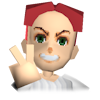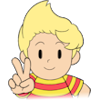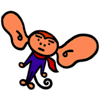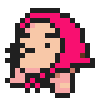Nintendo 64DD
by: Echoes on 2/26/2020
Nintendo was falling behind. Their new system, the Ultra 64, was scheduled to be released in June of 1996 in Japan. However, the next generation of consoles had already begun a year prior with the release of the Sony Playstation and Sega Saturn, the former of which was beginning to dominate market share not only with its cheap price of $299 USD, but cheap CD-ROM based games. CD-ROMS were not only cheaper to produce, but held up to 650 megabytes of data, in which cartridges paled in comparison, with only twelve to sixteen megabytes at the time (this would later grow to sixty-four megabytes); however, CD-ROMs could be easily duplicated. Nintendo was stubborn to continue storing their games on cartridges due to the copy protection, which many criticized them for. Nobody knew at the time that Nintendo did have an ace up their sleeve—the 64 Disk Drive!
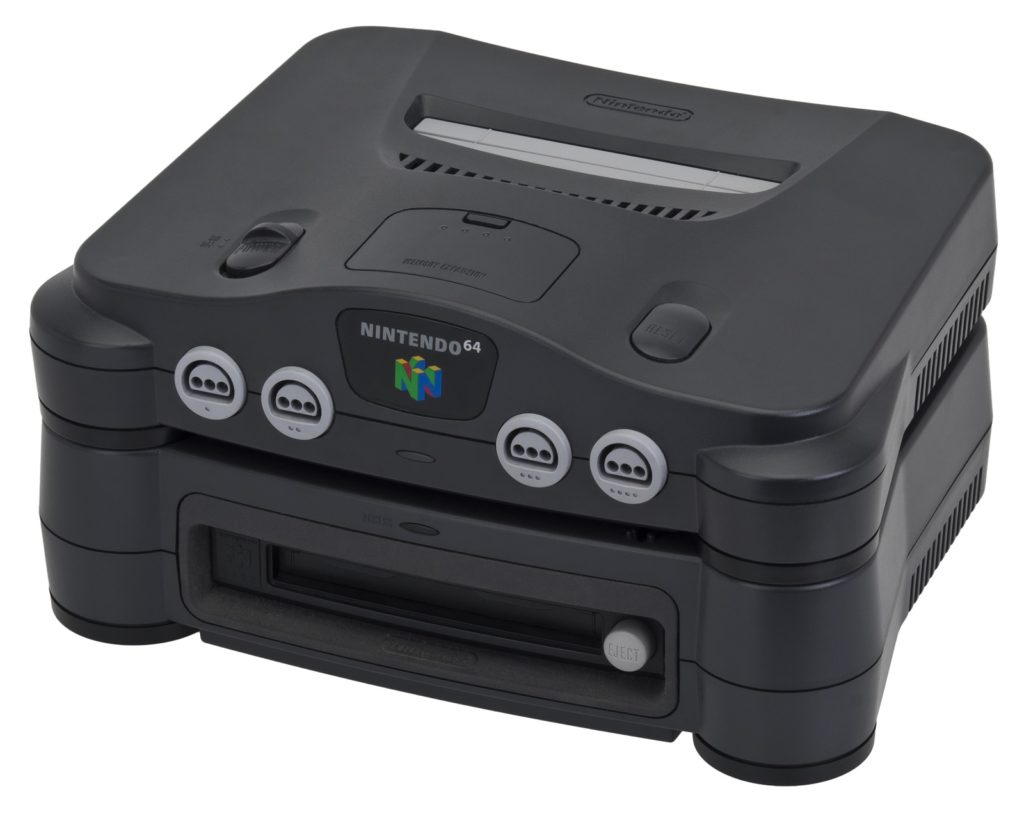
The Nintendo 64DD was announced at Spaceworld (then named Shoshinkai) 1995 behind closed doors, with its official reveal at the next show in 1996. A disk version of Super Mario 64 was created to demonstrate loading times, among other operations. Unlike the standard Nintendo 64, the DD was going to store its games on magnetic disks similar to zip disks instead of cartridges, which were quickly going out-of-date on top of being expensive to produce. DD disks could store up to sixty-four megabytes of data, and more importantly, could both read and write, the ability to write being an advantage over Sony’s Playstation! This allowed for customization in the game world, from plastering your own photography over game models or permanent changes brought upon by the player, such as every footprint on the overworld in Zelda staying throughout the entire game. Such exciting features had never seemed within the realm of possibility prior to the DD, which ignited much media buzz for the upcoming peripheral! Additionally, unlike the regular N64, the DD had a built-in sound chip which allowed for higher quality sound, alleviating much of the space developers spent on storing instrument samples on the ROM cartridge.
Although there was much anticipation for this mythical expansion of the Nintendo 64 hardware, a good portion of consumers were still scratching their heads over what exactly the DD was. Shigeru Miyamoto initially envisioned the DD as a ‘strange toy’ for the developers to experiment with, but later saw the potential in creating games that were previously impossible. He elaborated on the purpose of the add-on in a December 1997 interview with 64 Dream:
“The 64DD was originally meant as an alternative to CD-ROM. When it comes to the future of gaming media, Nintendo will continue to make cartridges, but we concluded that DD was a better option than CD for expanding the range of gameplay. It would have been easier to understand if the DD was already included when the N64 first came out. It’s getting harder to explain after the fact. Here’s the difference between each media: CD holds a lot of data, DD holds a moderate amount of data and backs the data up, and ROMs hold the least data and process the fastest. By attaching a DD to the game console, we can drastically increase the number of possible genres. Distributing hardware that can make these new genres is a benefit of the long life of this industry. The market’s only going to shrink if there’s nothing but price drops and scale expansions for preexisting genres”.
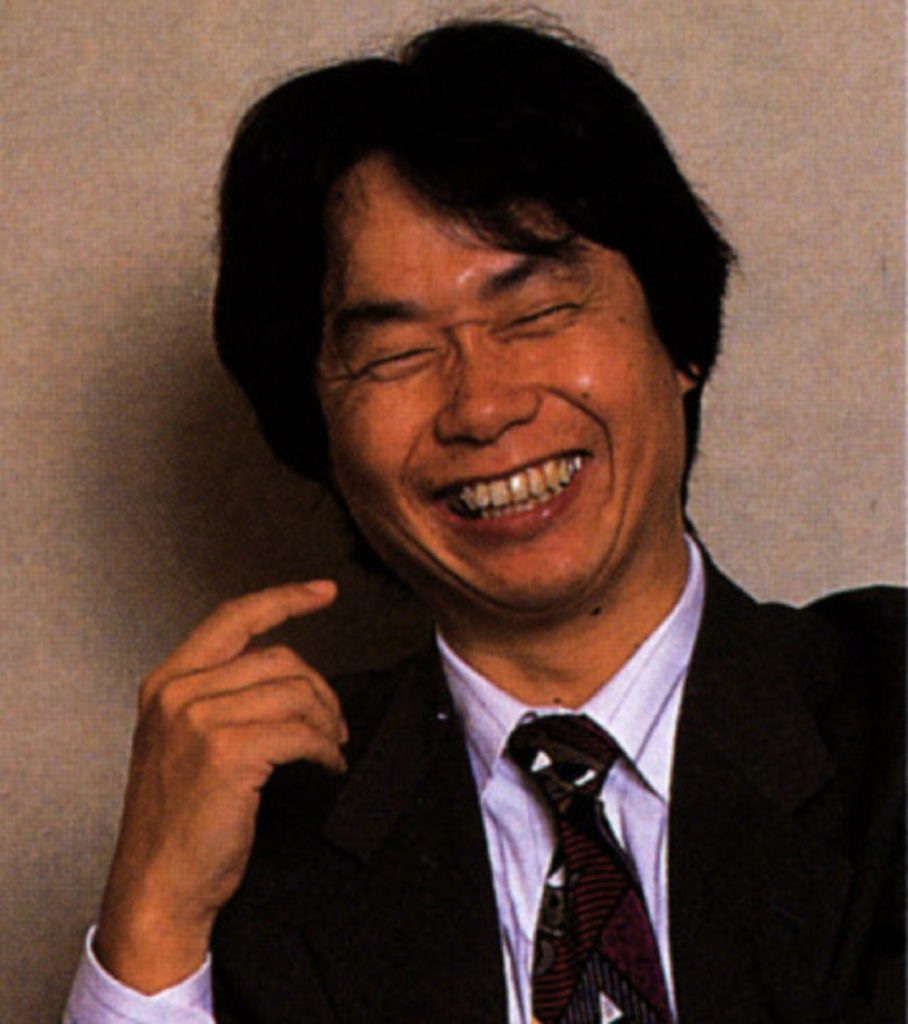
Originally, the DD was slated for release sometime in 1997, with launch titles that included both MOTHER 64 and Zelda 64, the latter of which would soon be transferred over to cartridge, leaving MOTHER 64 as the killer app. Although the hardware had been finalized around this time, Nintendo was reportedly having issues in manufacturing the disks and hardware, leading to a press conference where they announced it would be delayed until March 1998. Miyamoto himself stated that preparing a steady lineup of software to support also was a contributing factor in these delays, reassuring everyone to “feel easy about the DD.” Despite his reassurance, people began to feel more pessimistic once Spaceworld 1998 was canceled, leading many to believe they did not have material to show off at the time. It was also around this time that the once DD-exclusive MOTHER 64 was switched over to the standard cartridge format, killing interest in the peripheral due to the lack of exclusives. At E3 1999, the DD was finally shown off publicly again, now claiming to be delayed indefinitely due to the lack of finished software. It seemed like the DD wasn’t going to catch a break!
A North American release was in fact planned for the DD initially; however, Nintendo of America was understandably hesitant to jump on the device, due to the failure of the Sega 32X, among other historically notorious add-ons. George Harrison, VP of Nintendo of America, had this to say on the DD in 1997:
“Nintendo can’t guarantee that the 64DD will launch in the US in 1998, but what we can say is that it will launch when it is ready and when we have a compelling piece of software for it. But it’s an accessory and we all know the history of selling add-ons in this marketplace, and to be successful we’d have to get a 60%-to-80% penetration of this 64DD into the installed base of N64 to be considered a success. We can’t just have 10% or 20% of people buy it, otherwise it wouldn’t make any sense to continue software support for it”.
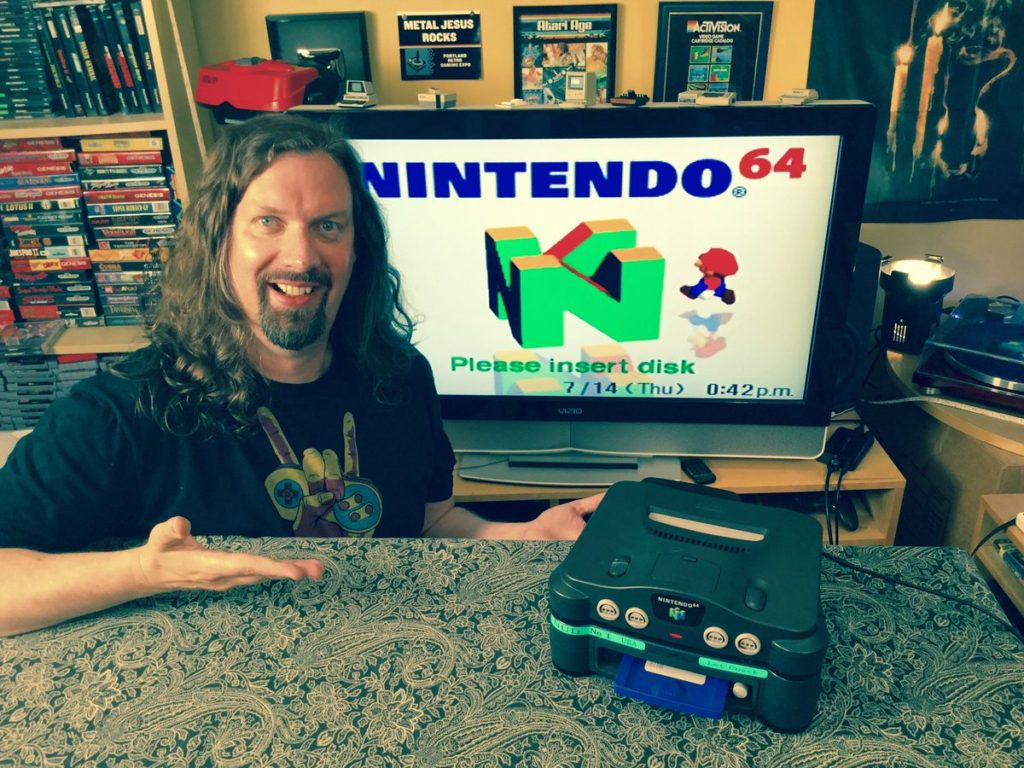
By summer 1999, all plans for a North American release were dropped. Without the lineup of software to support the add-on, Nintendo of America saw little purpose investing in its release. However, before that decision was made, North American retail units were in fact produced, with one surfacing in July of 2016. YouTuber MetalJesusRocks procured one that was sold in the Seattle area, near N.o.A. ‘s headquarters. Mark DeLoura, a former project manager at the company, verified the legitimacy of the unit, confirming it was reviewed by Nintendo’s Lot Check preparing it for mass production. As we know, the retail release never became a reality due to N.o.A. ‘s lack of confidence in the success of the DD. Would they be proven wrong? The answer lies in the impending Japanese release of the peripheral!
Come Spaceworld 1999, it was officially announced Randnet, the DD’s online service, would launch December 1st, 1999, confusing many; it was not clarified if the DD itself would launch alongside it. However, when December did come to pass, it was revealed the DD was finally available to purchase, but shockingly it was only available through a mail-in subscription service! Randnet itself was a joint between a media company by the name of Recruit and Nintendo Network. They handled all the marketing of the DD as opposed to Nintendo, who seemed to be distancing themselves from the product, possibly aware that it would fail. Randent solely existed because of the DD, thus they were determined to make it as successful as possible, with many commercials airing during shows such as Game Wave. Overall, around 15,000 people subscribed to Randnet during its lifetime, with only two games supporting it. One such game was Mario Artist: Communication Kit, where players could upload or download content, and Japan Pro Golf Tour 64, where people could compete against each other for the highest scores. Later in its criminally short lifetime, the DD was made available to purchase in stores, albeit in very limited quantities.
To the surprise of nobody, Randnet and the DD itself was labelled an enormous flop, only being a minor curiosity overseas. In October 2000, Randnet was announced to be meeting closure within the following months, offering free service until its final day on February 28th, 2001. In its lifetime, only nine games were released for the DD, the most notable of which was the F-Zero X Expansion Kit which allowed players to customize their cars and create their own tracks, and being able to manipulate the terrain. None of the promised games, such as The Legend of Zelda: Ocarina of Time and Majora’s Mask, MOTHER 64, or Super Mario 64 2 ever came to fruition, many being canceled altogether. As an apology, Nintendo silently sent direct refunds to all Randnet subscribers, accepting their mistakes. Today, the Nintendo 64DD is remembered as Nintendo’s lowest-selling console, and a blip in its history. Many still remain invested in the enigma, with emulation efforts preserving the DD and its unconventional games, reintroducing it to the world anew!
Writers and Editors
Echoes – Contextualized the written text and history of the base page. Contributed and manages this page as of 2022.
Orange – Published the page.
8lackSphinx – Edited text.
LuigiBlood – Provided additional information on the DD and Randnet.
Find any errors or want to contribute? Let us know in our Discord!





